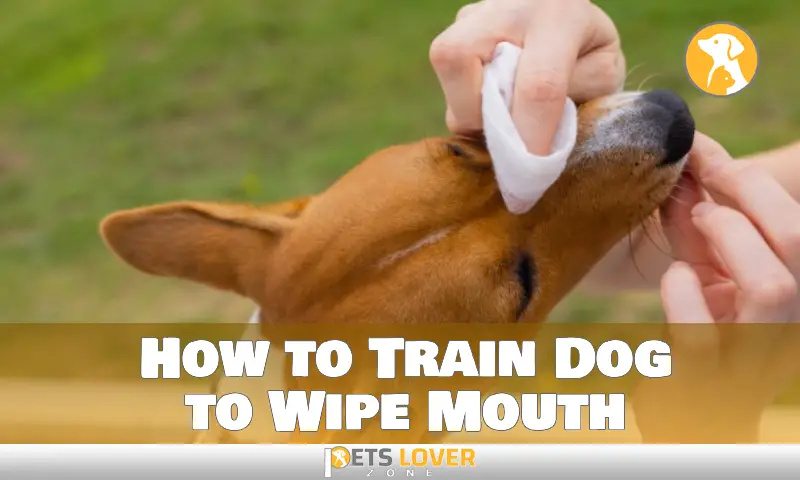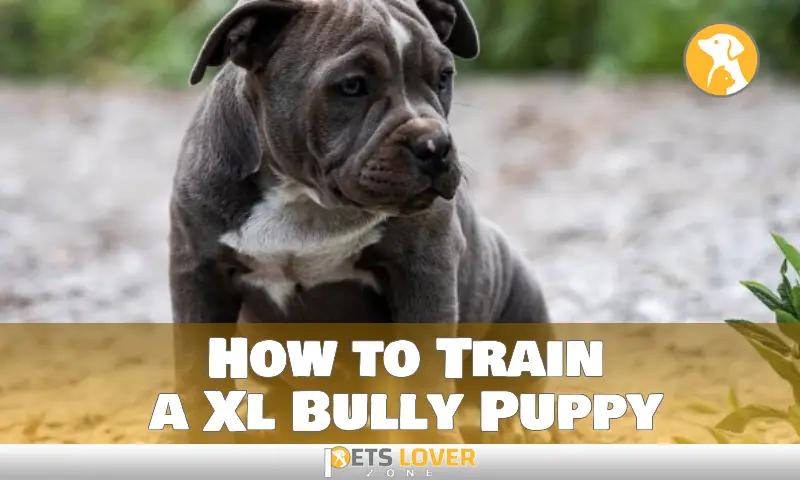Owning a Caucasian puppy is an exciting experience, but it also comes with its own unique set of challenges. These puppies can be notorious for being stubborn, and training them can be difficult for even the most experienced dog owners.
However, with the right knowledge and patience, it’s possible to train your Caucasian puppy quickly and easily. In this article, we will share how to properly train your Caucasian puppy in order to ensure they become a well-behaved and happy pup.
From tips on how to make sure they are getting enough exercise to reinforcing basic commands such as “sit” and “stay”, we will discuss everything you need to know about training a Caucasian puppy. We will also provide advice on how to avoid common mistakes that novice owners tend to make when trying to train their new pup.
Training Your Caucasian Puppy With Positive Reinforcement
Positive reinforcement is an effective way to train a Caucasian Shepherd Dog, as it promotes the dog’s intelligence, independence, and obedience. Positive reinforcement focuses on rewarding the behaviors that you want your pup to do, so you are essentially teaching them how to behave in any situation.
When using positive reinforcement for training, begin with basic commands like “sit” and “down”. Make sure to reward your pup for obeying each command by giving them treats or praise. This will encourage them to continue doing as you ask when presented with more complicated tasks. It also serves as a great way to bond with your pup while they learn.
Socialization is another key component when it comes to training a Caucasian Shepherd Dog. Introducing them to different environments, people and animals will help them understand how to act properly in those situations in the future. Socialization can help prevent issues like aggression or anxiety and make your pup well-rounded overall.
Developing a Potty Training Schedule
When it comes to potty training your Caucasian puppy, the month-plus-one rule is a good starting point. That is, puppies can typically only hold their urine for one hour per month of age; for example, a two-month-old puppy should be able to hold it for three hours.
The key to successful potty training is consistency; maintain a schedule to ensure your pup knows when and where to go.
Here’s how:
- Take the puppy outside five to 30 minutes after eating.
- Take the puppy outside after naps and playtime.
- Update the schedule every two weeks by 15-30 minute intervals.
- When indoors, keep an eye out for signs that indicate they need to go – sniffing around or circling are one of the most common indicators. Make sure you take them out immediately if you notice these signs.
Your pup should begin understanding your expectations within several weeks of consistent training. Celebrate successes like never before – consistency is key.
Establishing a Routine for Feeding and Exercise
Establishing a routine is critical for your Caucasian puppy’s development and happiness. While puppies are small and energetic, they do need rest and nourishment to grow and mature properly.
Scheduling Feedings
When training your puppy, it is important to feed him at consistent times each day. This helps him understand when he needs to eat, which will be essential in the future when you are away from home. Additionally, make sure that you are not overfeeding your puppy as this can lead to health problems as they grow older.
Exercise Regime
In addition to his diet, establishing an exercise routine is key for your pup’s physical and mental well-being. Try to set aside some time each day for activity, so long as your puppy does not become overstrained. Long walks or playtime with toys are perfect for keeping your Caucasian puppy’s energy levels in check.
Easily Teach Basic Commands to Your Puppy
Training a Caucasian puppy can be an enjoyable experience for both you and your pup, as long as you start early and utilize the right techniques. To get you started, here are the five basic commands to teach your new friend: “come”, “lay down”, “sit”, “stay”, and “leave it”.
For best results, these commands should be taught in order—beginning with “heel” to create a sense of following for when you take your pup on walks or outings. From there, teach your pup how to “sit” and how to “stay” in that spot until released. Finally, practice the command of “come” so that your pup learns that its job is to listen to you.
It’s best to start training at 8 weeks old so make sure the basics are mastered quickly while they are still young. With patience and practice, soon enough you will have stronger confidence in day-to-day outings with your new pup feeling under control.
Set House Rules for Your Puppy
Training your Caucasian puppy starts with setting house rules. Rules should be established early in order to make sure that your pup understands the behavior that you expect. This will make the process of training much easier and will create a strong bond of trust between you and your pup.
Set clear expectations for your pup, particularly when it comes to areas where he can or cannot go, such as couches and beds. You should also decide what types of behavior is acceptable and unacceptable, like barking, jumping up on people, or nipping.
It’s important to remember that physical punishment should never be used to establish trust between you and your pup. Instead, focus on positive reinforcement – reward good behaviors with treats and praise so that this becomes associated with what you want from the pup. This positive reinforcement will help reinforce the house rules that you have set.
Creating an Insect-Free Dog Friendly Home
Your Caucasian puppy will appreciate an insect-free home and so will you. Here are some of the best strategies for creating a pest-free environment for your furry friend:
- Reach out to pet-friendly pest control companies in your area. These companies specialize in treating homes with gentle products that won’t harm your pup.
- Use natural pest repellents like vinegar and essential oils to keep insects away from your home.
- Sprinkle food-grade diatomaceous earth around the house, which kills bugs without harming pets or humans.
- Keep pet food tightly sealed and store it away from damp places. Make sure that any scraps of food are taken outside or stored in airtight containers.
- Seal up cracks or gaps in windows or doors that could be letting pests inside.
- Regularly vacuum and mop floors, paying special attention to corners where pests might hide.
People Also Like: Train Your Cocker Spaniel Puppy Not to Bite Anyone at All
Conclusion
In summary, training a Caucasian puppy requires patience and consistency. Rewards-based training and positive reinforcement are key to success, and it is important to be aware of any potential issues that may arise and be prepared to tackle them swiftly. The work is worth it and, with time and effort, you will have a well-behaved, happy and healthy pup. So, take your time and don’t be discouraged if challenges arise. With patience and consistency, you will be rewarded with a positive and fruitful experience working with your beautiful pup.






